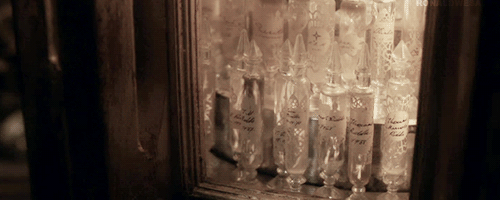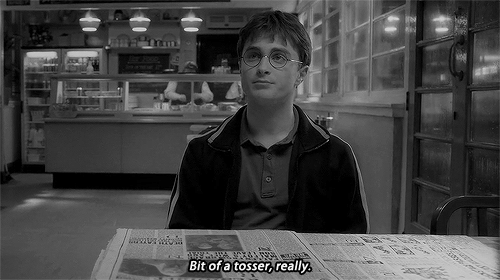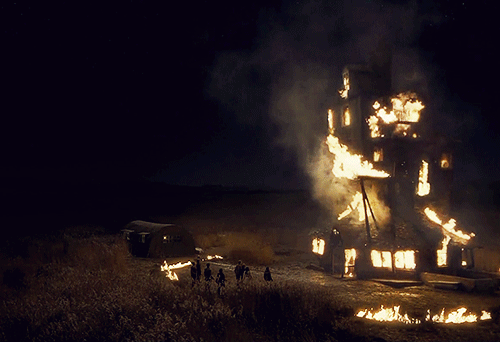Why “Half-Blood Prince” Is the Worst “Harry Potter” Movie
For the longest time, Prisoner of Azkaban was my favorite Harry Potter book. That was until I read Half-Blood Prince, which to this day remains, in my opinion, the best of the seven novels. It’s the book that provides the most detailed account of Voldemort’s backstory and by doing so reduces a previously supernatural, powerful villain to an ordinary, insecure human. That’s why, in 2009, I was so excited to see how Voldemort’s past would be portrayed on-screen. Alas, I was severely disappointed. It didn’t help that the trailer was deceptive. Dumbledore states, “What you’re looking at are memories, in this case pertaining to one individual,” and we enter the Pensieve to watch as he visits a young Tom Riddle at a Muggle orphanage. The trailer’s tagline was “To know the future, return to the past.”
As we’re introduced to Harry, he’s reading the Daily Prophet in a Muggle café and flirting with a waitress who (upon seeing the headline on the front page) asks, “Who’s Harry Potter?” Harry’s response, “Oh, no one. A bit of a tosser, really,” conveys just how different Harry’s experience is in the Muggle world by comparison to the wizarding world. This is reminiscent of him saying, “Not where I’m going, I promise you,” (SS 17) in response to Ron claiming that he was “still famous.” While I appreciated the film’s attempt to differentiate Harry’s life in the Muggle world from his life in the wizarding world, I don’t see the logic behind adding a random Muggle girl when the Dursleys were cut from the film. The same contrast in Harry’s experiences between the Muggle and wizarding worlds could have been achieved by having Harry at the Dursleys (not to mention that the film omitted Dumbledore’s explanation that Harry’s protection under the Dursleys’ roof would expire when he came of age, nor the absence of any mention of Grimmauld Place and Kreacher, both bequeathed to Harry by Sirius). Also, despite becoming accustomed to Harry’s reckless disregard for rules, am I seriously supposed to believe that he’d be so foolish as to read the Daily Prophet in full view of Muggles without even attempting to be discreet about it?
While on the subject of the film taking liberties with scenes not present in the books, the burning of the Burrow was another scene that was unnecessarily included when there were moments from the books that could have served a similar purpose. Showing the Burrow under attack was a visual representation of the loss of the wizarding world as a sanctuary to Harry. Apart from Hogwarts, the Burrow was the only other place where Harry felt like he belonged. It was the closest thing he had to a loving home, and to depict it burning down symbolized the reality of war – that nothing is sacred. This message could have been achieved through another scene that was omitted from the film. Showing Dumbledore’s funeral would have been a lot more effective than showing the Burrow burning down. This was one of the most pivotal moments in the entire series. It was the moment Harry realized that he had to face Voldemort alone. Dumbledore’s funeral represented the final loss of Harry’s innocence and the moment he became an adult. It also showed that, if Dumbledore could have met his demise at Hogwarts, then no one was safe and nowhere was sacred.
However, the greatest travesty committed in the film adaptation of Half-Blood Prince was that most of the memories that Dumbledore showed Harry were left out. These scenes were integral to the plot of Half-Blood Prince and moreover, the Harry Potter series. These memories help us understand Voldemort’s motivations and the decisions he makes. By removing these scenes from the film, Half-Blood Prince as an exposition piece is poor. The Deathly Hallows films make a lot less sense without knowledge of Voldemort’s Horcruxes, a plot point that Half-Blood Prince doesn’t adequately cover. If we consider the films as separate entities from the books, the casual moviegoer who hadn’t read the books would be left confused by the trio’s hunting of Horcruxes in the Deathly Hallows films.
What do you think? Am I being too harsh on the film? What are some of the film’s redeeming elements? Please leave your comments below!




